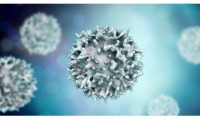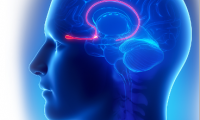-
mRNA vaccine beats infection for key defense against COVID-19, Stanford Medicine scientists find
- Source: drugdu
- 144
- March 31, 2023
-
Is Parkinson’s disease, ‘world’s fastest growing brain disease,’ mostly preventable?
- Source: drugdu
- 153
- March 30, 2023
-
England’s NICE signs off on PTC Therapeutics’ $3.7M gene therapy for ultra-rare disease
- Source: drugdu
- 145
- March 24, 2023
-
US. Faces Severe Shortage of Some Drugs, Senate Report Says
- Source: drugdu
- 131
- March 23, 2023
-
Excess Calories During Development Cause Overeating In Adulthood, Study Finds
- Source: drugdu
- 138
- March 21, 2023
-
NICE questions value and efficacy of five Covid-19 drugs with rejection
- Source: drugdu
- 152
- March 17, 2023
-
Prioritize, Optimize And Modernize
- Source: https://invivo.pharmaintelligence.informa.com/IV124946/The-PostCOVID-Mantra-For-Medtechs-Prioritize-Optimize-And-Modernize
- 819
- April 6, 2022
-
What Mutations of SARS-CoV-2 are Causing Concern?
- Source: https://www.news-medical.net/health/What-Mutations-of-SARS-CoV-2-are-Causing-Concern.aspx
- 461
- April 5, 2022
-
Novel cannabis plant extracts could protect against COVID-19
- Source: drugdu
- 471
- November 30, 2020
-
Gaps remain in immunization logistics and real-time tracking of vaccine storage and demand
- Source: drugdu
- 240
- November 24, 2020
your submission has already been received.
OK
Subscribe
Please enter a valid Email address!
Submit
The most relevant industry news & insight will be sent to you every two weeks.












